8 Minutes
2026 Toyota 4Runner arrives — but the price grabs attention
Toyota calls the 2026 4Runner the 'second year of the sixth generation,' and technically that’s accurate: this is a model-year refresh rather than a ground-up redesign. Yet the changes are meaningful. The new 4Runner mainstreams modern powertrains, adds premium and off-road factory equipment, and shifts the model toward the price bands now occupied by the Land Cruiser 250 and the new Tacoma sibling.
At launch last year the 2025 4Runner began around a $40,000 base. For 2026 Toyota lists the starting MSRP at $41,570, plus a $1,450 delivery, processing and handling (DPH) fee — bringing the effective entry price to roughly $43,020 for the SR5. But that number only tells part of the story. The base 4Runner now comes with a far more capable 2.4-liter i-FORCE turbocharged engine, and higher trims push into premium and heavy-duty off-road territory, justifying a higher price to many buyers.
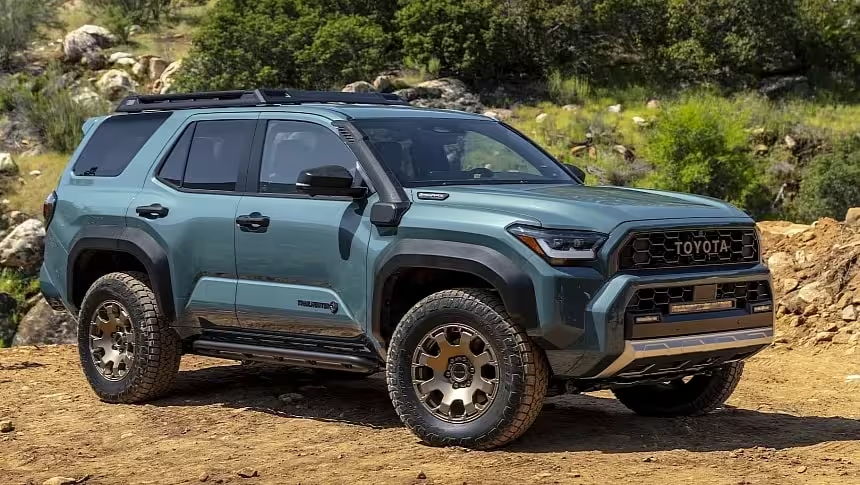
What you get for the money
Inside the showroom the 2026 4Runner looks and feels more complete straight from the factory. Toyota expanded factory-fitment options that historically were left to the aftermarket, and the result is a lineup that gives buyers more ready-to-use capability and convenience without immediately heading to a custom builder.
Key takeaways:
- The standard powertrain is a 2.4-liter i-FORCE turbo delivering up to 278 hp and 317 lb-ft of torque, with peak torque available in the useful midrange instead of only at high revs.
- The headline highway rating is an EPA-estimated 26 mpg — a big improvement over the previous V6-equipped 4Runner that was closer to 19 mpg on the highway in real-world conditions.
- The i-FORCE MAX hybrid is the strategic move: standard on TRD Pro, Trailhunter, and Platinum, and optional on several Off-Road grades. MAX ups output to 326 hp and a substantial 465 lb-ft of torque.
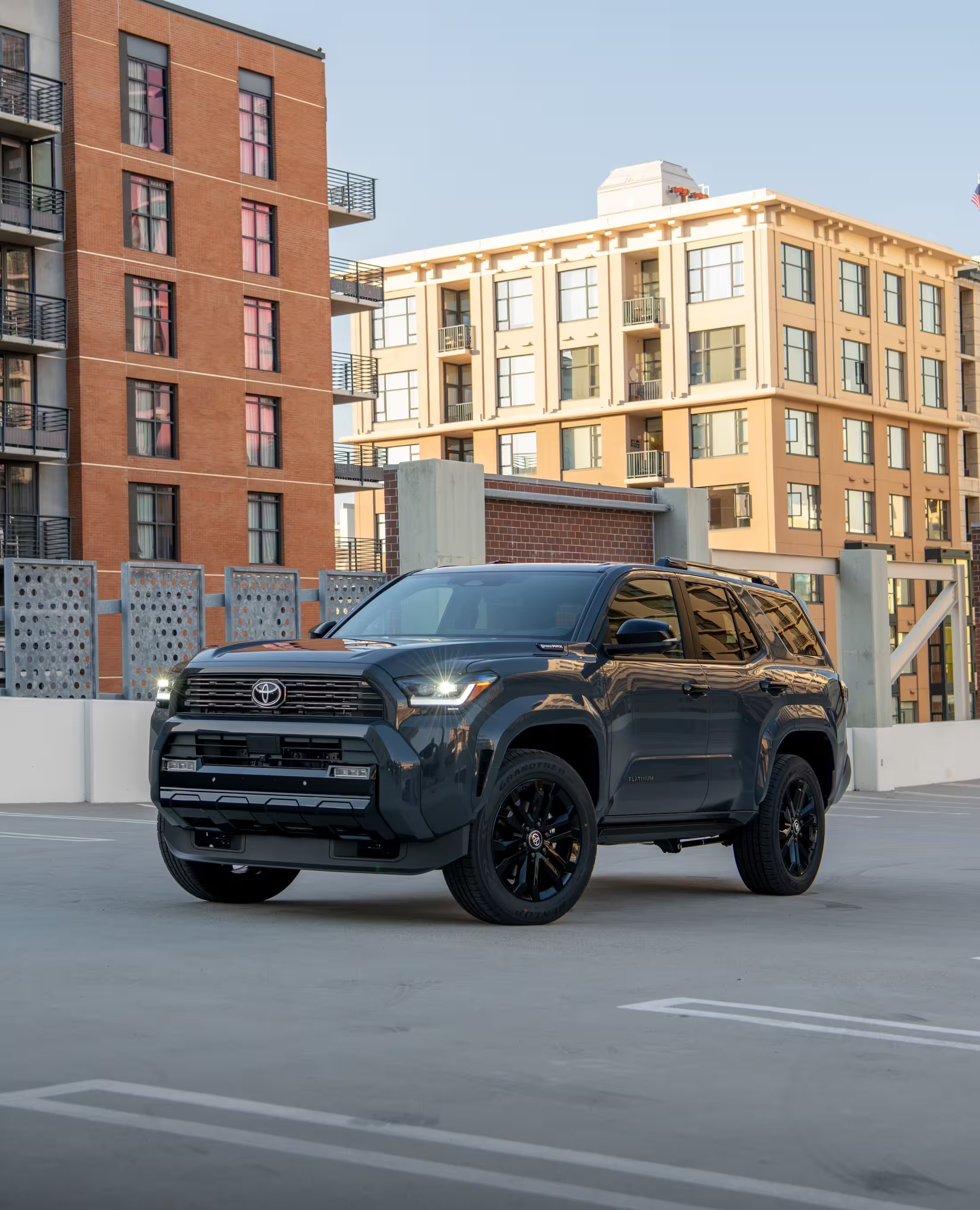
Powertrains: efficiency, torque, and real-world control
Toyota appears to be aiming for a combination of everyday drivability and robust low-end grunt. The 2.4T replaces the old 4.0-liter V6 and brings better fuel economy plus stronger midrange torque. The i-FORCE MAX hybrid isn’t just about marginally better MPG — it’s about plateau torque and instant responsiveness that translate to improved towing, off-road control, and the kind of low-speed tractability you’d expect from larger, more expensive body-on-frame SUVs.
If you focus on feel rather than peak numbers, the MAX hybrid’s torque delivery is more reminiscent of the Land Cruiser 300 than a light-duty pickup. That’s not accidental: the 4Runner sits on Toyota’s TNGA-F architecture shared with Tacoma, Tundra, Sequoia and Land Cruiser derivatives, and it benefits from the same engineering philosophy.
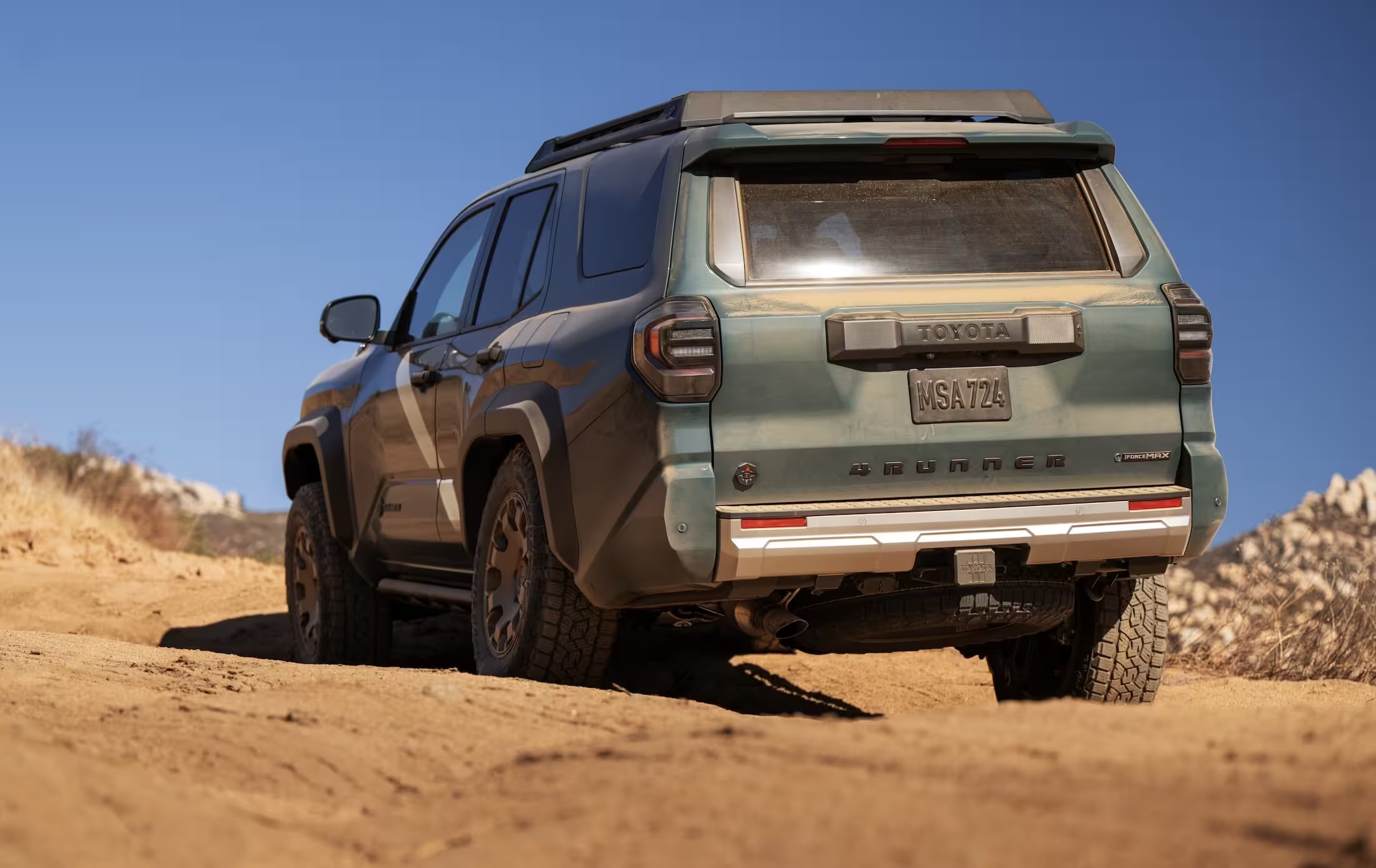
Trim differentiation: factory-ready builds
Toyota finally broadened the factory toolkit for buyers who don’t want to wait for the aftermarket. Two trims stand out:
- Trailhunter: Aimed at overlanders, this grade comes standard with i-FORCE MAX, Old Man Emu forged monotubes with remote reservoirs, a low-profile snorkel, onboard air, 33-inch all-terrains on 18-inch bronze wheels, RIGID selectable LED fogs, ARB roof rack and a bronze heritage grille. In effect, Toyota and ARB are delivering an out-of-the-box starter build for serious weekend explorers.
- TRD Pro: The desert and high-speed reference spec. TRD-tuned FOX QS3 three-way adjustable shocks with remote reservoirs, a TRD performance air intake and MAX hybrid standard. This one is sharpened for speed and suspension travel rather than slow technical rock crawling.
Two chassis features matter for real off-road usage: the Stabilizer Disconnect Mechanism (SDM) — standard on Pro and Trailhunter and newly available on i-FORCE MAX TRD Off-Road Premium — which gives the front axle more articulation, and selectable drive/traction programs tailored to terrain.
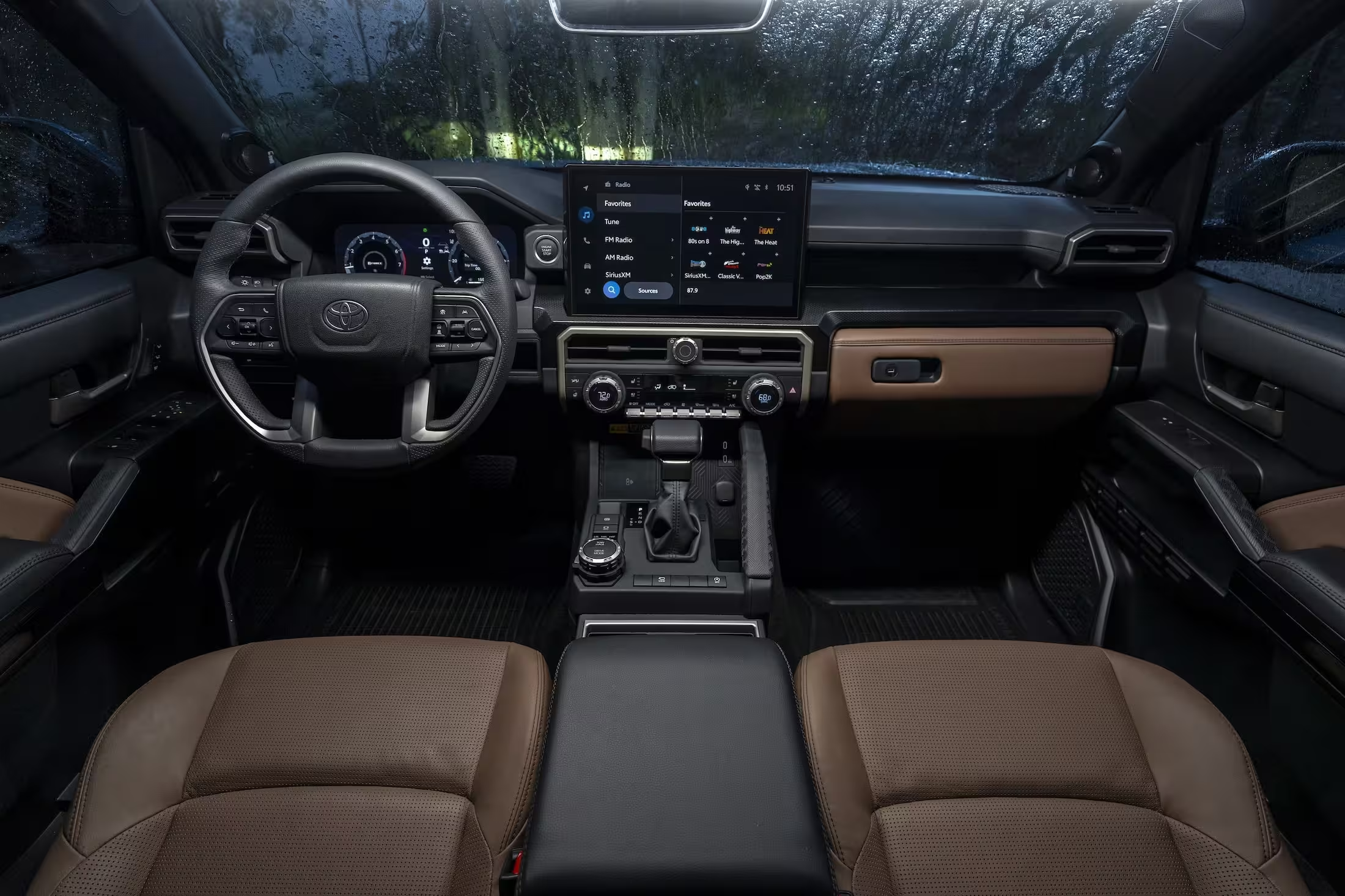
Towing capability sits at 6,000 pounds (2,722 kg). It's not the class benchmark, but it's credible for mainstream light-truck use and comes with straight-path trailer assist and an extended blind-spot monitoring envelope to help with trailer length.
Colors and finishes
The 2026 palette includes Ice Cap, Cutting Edge, Underground, Black, Heritage Blue and Everest. TRD Pro receives an exclusive Wave Maker color that Toyota will use heavily in launch marketing. Premium paints such as Supersonic Red and Wind Chill Pearl remain available.
Technology: bigger screens, smarter safety
Toyota synced the 4Runner’s infotainment with its Tacoma/Tundra/Sequoia family: base models get an 8-inch screen, while an available 14-inch infotainment display modernizes the cabin. MAX-equipped trims add a standard 12.3-inch digital cluster. Other small but appealing details, like the JBL FLEX portable speaker that charges in the cabin and docks as a center channel, show Toyota’s attention to user experience.
Safety upgrades are significant: Toyota Safety Sense 3.0 is standard across the range, bringing better Pre-Collision System detection, motorcycle detection, improved lane recognition and an enhanced Dynamic Radar Cruise system with an added fourth following distance. Proactive Driving Assist is embedded into the suite, increasing autonomous support on highways and busy streets.
Pricing: the elephant in the room
Numbers are where conversations will get loud. A base SR5 with the 2.4T starts at $41,570 plus the $1,450 DPH fee. But that’s not the configuration most buyers will choose. The TRD Off-Road and TRD Off-Road Premium with the i-FORCE MAX hybrid — the trims likely to dominate U.S. sales — will land in the mid-$50,000 range realistically.
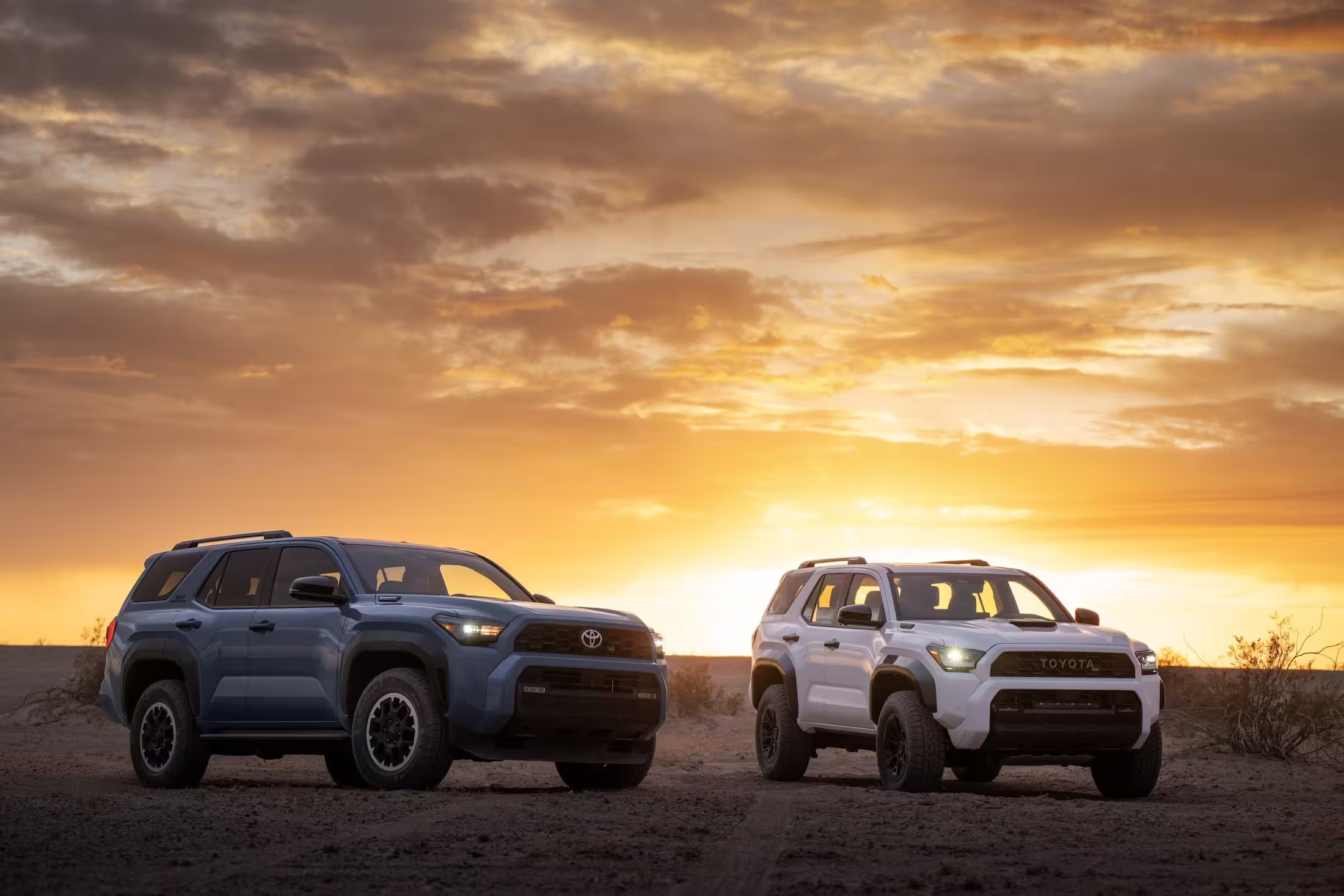
For context, the outgoing TRD Off-Road Premium retailed around $47,350 with destination. The 2026 TRD Off-Road Premium MAX raises the bar with more tech, improved highway fuel economy, added chassis hardware and broader standard safety equipment. The inevitable MSRP uplift is noticeable, but the manufacturer’s value proposition is stronger: more capability and convenience from the factory.
Quote to summarize the market shift: 'The MSRP lift is real, but the product lift is bigger.' Many buyers who once tolerated dealer or aftermarket conversions may appreciate buying a more finished, capable truck from day one.
Positioning and final thoughts
Toyota is changing its playbook: it’s no longer willing to sell lightly equipped, value-priced body-on-frame trucks as loss leaders. The market has matured and consumers now accept paying a premium for factory-complete SUVs that combine on-road comfort with serious off-road ability. That’s where the 2026 4Runner sits — between mainstream midsize SUVs and premium, expedition-ready trucks like the Land Cruiser 250.
If Toyota can avoid production bottlenecks and keep allocations reasonable, the refreshed 4Runner has the ingredients to be one of the most sensible 'expensive' SUVs in the U.S.: strong powertrains, plateau torque from the MAX hybrid, modern screens and safety tech, and factory-installed off-road kit that removes uncertainty for buyers who want capability on day one.
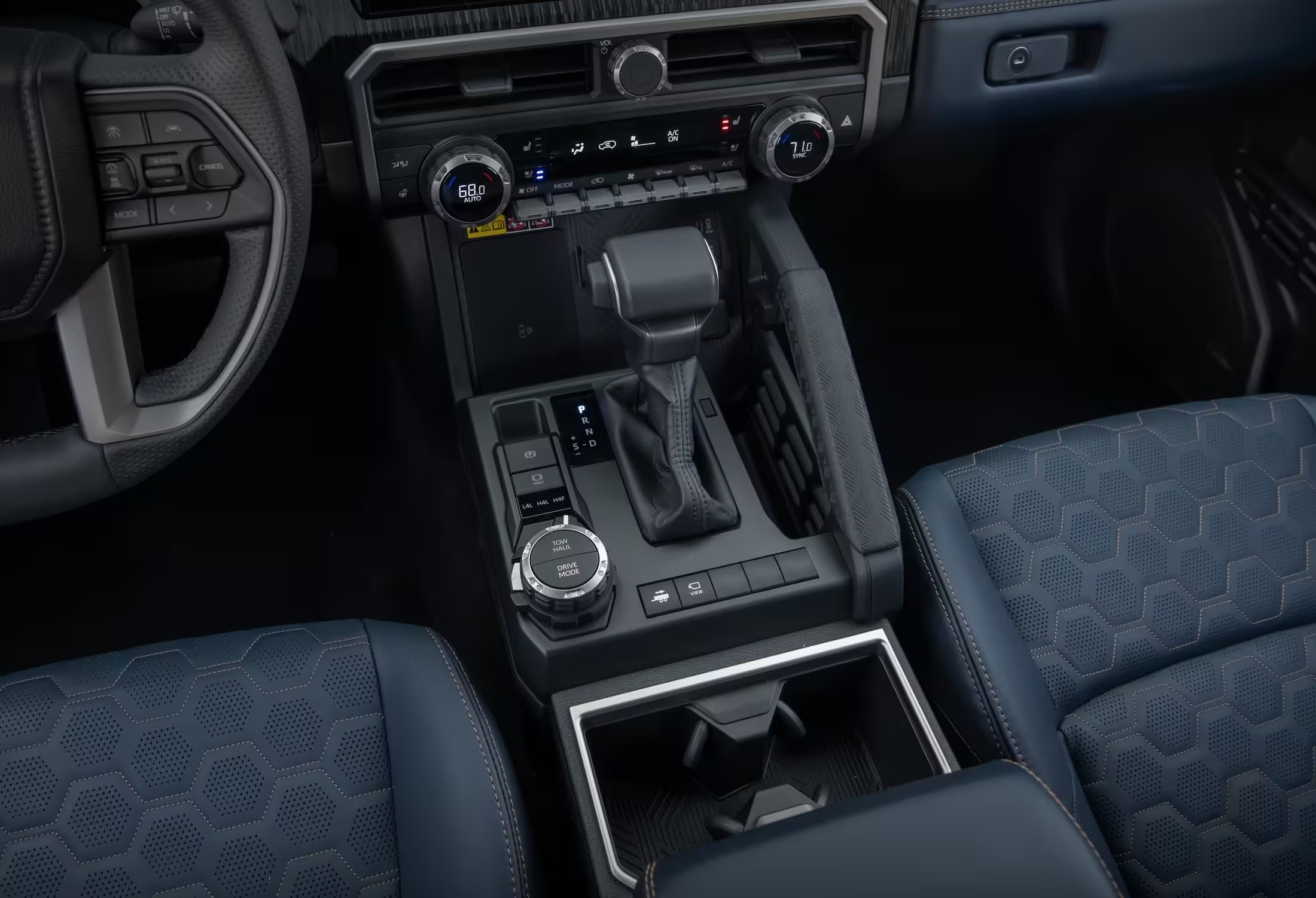
Highlights:
- Standard 2.4L i-FORCE turbo: ~278 hp, 317 lb-ft torque
- i-FORCE MAX hybrid: ~326 hp, 465 lb-ft torque
- EPA highway estimate around 26 mpg for some trims
- Tow rating: 6,000 lbs (2,722 kg)
- TSS 3.0, large infotainment options, JBL FLEX on select trims
- Trailhunter and TRD Pro offer factory-ready off-road hardware
For shoppers, the key question becomes: are you buying the cheapest 4Runner, or the one that’s ready to go? For many buyers, this 4Runner leans toward the latter — and they’ll pay accordingly.
Source: autoevolution

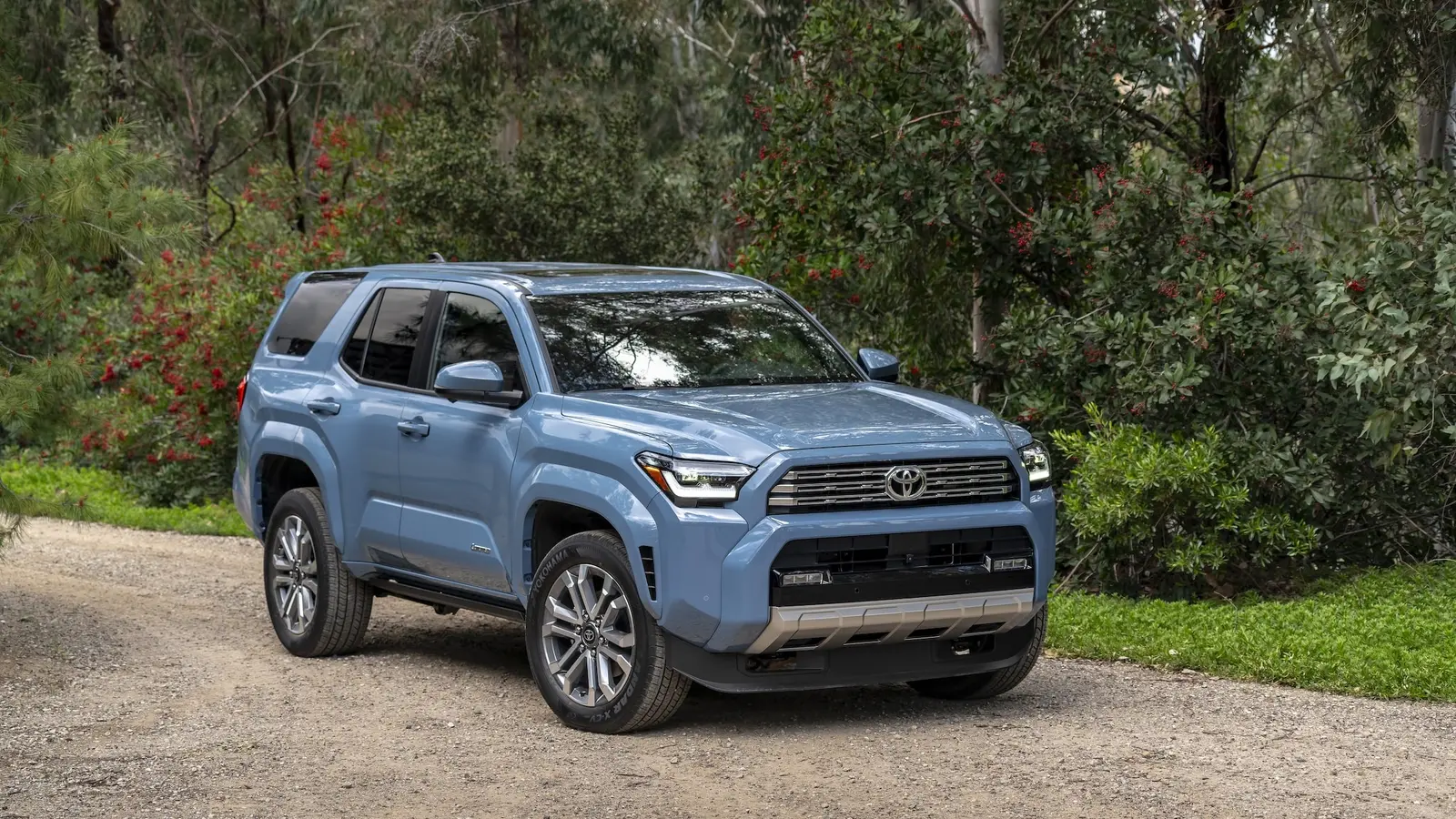
Leave a Comment